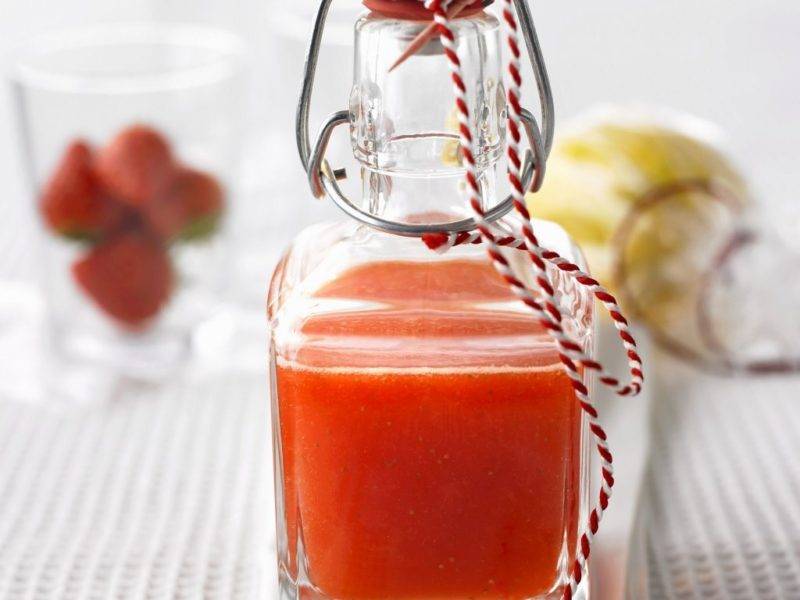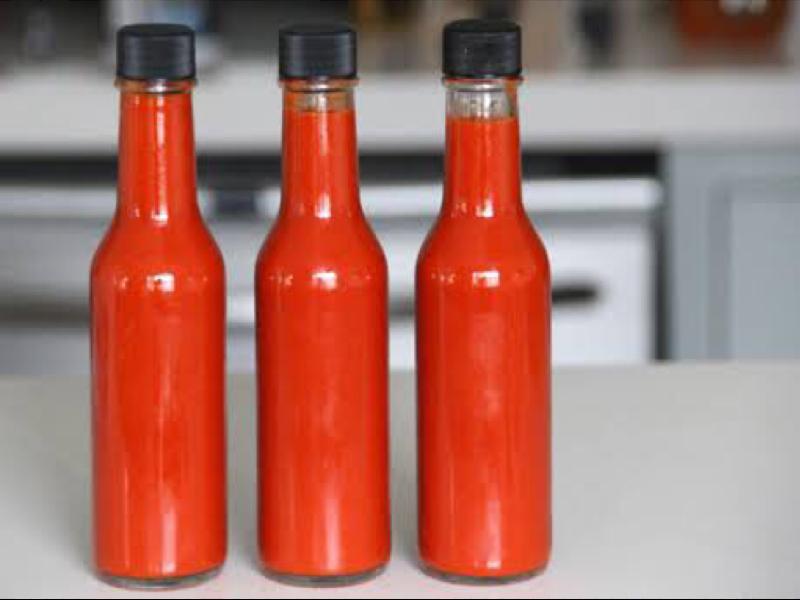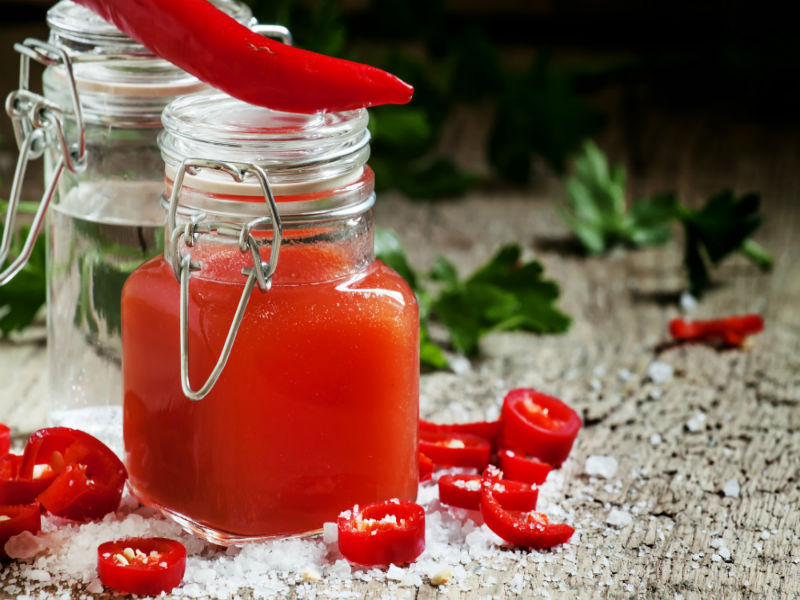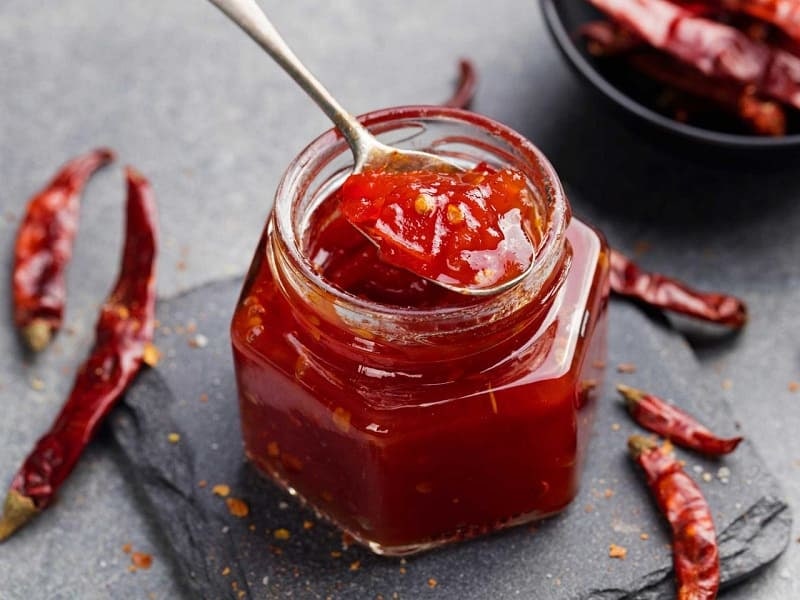A Comprehensive Guide to Packaging and Design
Introduction:
Hot sauce is a popular condiment enjoyed by people worldwide, known for its spicy and flavorful kick. However, in a highly competitive market, it is not just the taste that makes a hot sauce stand out; its packaging and design play a crucial role in attracting consumers’ attention and creating a memorable brand experience. In this article, we explore the different types of hot sauce bottles, the importance of packaging, and key design elements to consider when developing a successful hot sauce bottle.
Types of Hot Sauce Bottles:
1. Glass Bottles: Glass bottles are the most traditional and popular choice for hot sauce packaging. They offer a timeless elegance, transparency, and non-reactive properties that ensure the preservation of the sauce’s flavor. Additionally, glass bottles provide an opportunity to showcase the product’s vibrant colors and textures.
2. Plastic Bottles: Plastic bottles are a more cost-effective and lightweight solution. They are often used for mass-produced hot sauces and offer convenience in terms of transportation and handling. However, plastic bottles may not provide the same level of perceived quality and aesthetics as glass.
3. Squeeze Bottles: Squeeze bottles, typically made of plastic, are designed for easy dispensing and controlled pouring. They are ideal for thinner hot sauces and allow consumers to apply the desired amount of sauce without creating a mess. Squeeze bottles with narrower nozzles can offer even greater precision.
4. Dropper Bottles: Dropper bottles are commonly used for extremely hot sauces and extracts. They allow for precise and controlled dosage due to their built-in droppers. These bottles are preferred by hot sauce enthusiasts who appreciate the intensity and potency of the product.
Importance of Packaging:
Hot sauce packaging serves multiple purposes beyond just storage. It plays a vital role in attracting the attention of potential consumers, conveying information, protecting the product, and reflecting the brand identity. The right packaging can create a positive first impression and differentiate hot sauces from competitors on crowded store shelves.
Key Design Elements:
1. Label Design: The label is arguably the most crucial design element of a hot sauce bottle. It should visually convey the brand’s personality, differentiate the product, and provide necessary information such as ingredient list, heat level, and flavor profile. Eye-catching graphics, bold typography, and vibrant colors can help create a visually appealing label that stands out.

2. Shape and Size: The shape and size of the bottle can influence the overall perception of the hot sauce. Unique and distinctive bottle shapes can attract attention and create a memorable impression. However, practicality should not be overlooked, as the bottle’s size and shape should allow for easy handling, pouring, and storage.
3. Closure Options: The closure mechanism is often overlooked but should not be underestimated. It is essential to choose a closure that ensures a tight seal to preserve the product’s freshness and prevent leakage. Pop-top caps, twist-off caps, and dropper caps are among the common closure options available for hot sauce bottles.
4. Branding and Logo: The hot sauce bottle should prominently display the brand logo and name to establish recognition and brand loyalty. Consistency in branding across different product lines can help create a cohesive brand identity. The logo and branding should align with the target market and convey the desired image.
Innovations in Hot Sauce Packaging:
The hot sauce industry has witnessed several packaging innovations aimed at enhancing the consumer experience and addressing sustainability concerns. Some notable advancements include:
1. Sustainable Packaging: As environmental consciousness grows, companies are adopting eco-friendly packaging solutions. This includes using recycled materials, biodegradable or compostable bottles, and minimizing plastic waste. Consumers are increasingly drawn to brands that prioritize sustainability.
2. Customization: Customization allows hot sauce companies to create a personalized experience for consumers. This can range from personalized labels and bottle engravings to customized gift sets with different flavors or heat levels. Personalized packaging can enhance engagement and loyalty among consumers.
3. Tamper-Proof Seals: Tamper-proof seals are essential to ensure the product’s safety and integrity. Companies are incorporating innovative sealing technologies like shrink bands, induction seals, or tear-away caps to provide customers with the confidence that their hot sauce is fresh and untampered.
Conclusion:
Hot sauce bottles serve as more than mere containers; they are essential marketing tools that shape consumer perception of the product and brand. The right bottle design, material choice, and label aesthetics can help hot sauce companies create a lasting impression, differentiate from competitors, and ultimately boost sales. As the hot sauce market continues to evolve, packaging innovation and sustainability will likely play an increasingly important role. By carefully considering the types of bottles available and paying attention to key design elements, hot sauce manufacturers can create an attractive and successful product package that appeals to consumers’ tastes and preferences.I. The Evolution of Hot Sauce Bottles:
Over the years, hot sauce bottles have undergone a significant transformation in response to changing consumer preferences and market demands. In the past, hot sauce bottles were often generic, plain, and lacked visual appeal. However, with the rise of artisanal and gourmet hot sauces, the need for more visually enticing and distinctive packaging became apparent.
The evolution of hot sauce bottles has seen the introduction of unique shapes, innovative closure mechanisms, and attention-grabbing labels. These changes aim not only to enhance the overall consumer experience but also to create a strong brand identity that resonates with target markets.
II. The Role of Packaging in Hot Sauce Sales:

In a saturated market, packaging plays a crucial role in driving hot sauce sales. As consumers browse store shelves, the packaging is often the first point of interaction they have with a product. A well-designed and attractive hot sauce bottle can instantly capture attention, creating interest and encouraging the consumer to pick up the product for closer inspection.
Packaging also communicates important information to consumers, such as heat level, ingredients, and flavor profiles. Clear and concise labeling can help consumers make informed purchasing decisions based on their preferences and dietary restrictions.
III. Building Brand Identity through Hot Sauce Bottles:
Hot sauce bottles are not just containers; they are an extension of the brand’s identity. The packaging should reflect the values, personality, and positioning of the brand. Whether it’s a sleek and minimalist design for a high-end gourmet hot sauce or a bold and vibrant label for a fiery, no-nonsense sauce, the packaging must align with the brand’s overall image.
Consistency in branding across different product lines can help create recognition and strengthen customer loyalty. The use of distinct colors, typography, and graphics can give hot sauce brands a competitive edge by making their products easily identifiable and memorable.
IV. Driving Consumer Engagement with Hot Sauce Packaging:
Engaging packaging can create a connection between the consumer and the hot sauce brand, fostering a sense of loyalty. Interactive elements, such as peel-off labels with recipe ideas or creative bottle designs that encourage reuse, can enhance consumer engagement and create a lasting impression.
Hot sauce brands can also leverage packaging as a vehicle for storytelling, sharing the brand’s history or unique production process. In a market filled with countless options, consumers are often drawn to products that have a compelling narrative and a sense of authenticity.
V. The Importance of Practicality in Hot Sauce Packaging:
While aesthetics are essential, practicality should not be overlooked when designing hot sauce bottles. The bottle shape and size should allow for easy handling, pouring, and storage. Ergonomic designs can enhance user experience and make the hot sauce bottle more user-friendly.
Additionally, the closure mechanism should provide a tight seal to preserve the sauce’s freshness and prevent leakage. A leaky bottle or a poorly fitting cap can lead to customer dissatisfaction and damage to the brand’s reputation.
VI. Hot Sauce Bottle Materials: Glass vs. Plastic:
When it comes to hot sauce bottles, two primary materials are commonly used: glass and plastic. Each material has its advantages and considerations.

Glass bottles are the traditional choice for hot sauce packaging. They offer a premium look and feel, allowing consumers to see the vibrant color and texture of the sauce. Glass is also non-reactive, ensuring that the flavor profile remains unchanged over time. However, glass bottles can be more fragile and heavier, causing potential shipping and transportation concerns.
Plastic bottles, on the other hand, offer cost-effectiveness and lightweight convenience. They are often used for mass-produced hot sauces. Plastic bottles are more practical for consumers due to their durability and portability. However, they may not provide the same perceived quality and elegance as glass bottles.
VII. Squeeze Bottles: Convenient and Controlled Dispensing:
Squeeze bottles are a popular choice for hot sauce packaging, particularly for thinner sauces or condiments. These bottles, typically made of plastic, have a narrow nozzle that allows for precise and controlled pouring or dribbling. Squeeze bottles are highly convenient and prevent messy spills or excessive pouring. They offer consumers the ability to apply the desired amount of sauce without waste or mess.
VIII. Dropper Bottles: Precision for Extreme Heat:
Dropper bottles are commonly used for extremely hot sauces and extracts. These bottles come with built-in droppers that allow for precise dosage and controlled application. Hot sauce enthusiasts who appreciate the intensity and potency of these sauces often prefer dropper bottles. They offer extreme heat enthusiasts the ability to add just a few drops to their dishes, ensuring they do not overpower the flavor of the meal.
IX. Innovations in Hot Sauce Packaging: Sustainability and Customization:
The hot sauce industry has witnessed several packaging innovations, driven by sustainability concerns and the need for customization.
Sustainable packaging solutions, such as using recycled materials or biodegradable options, are gaining popularity among hot sauce brands and consumers alike. These eco-friendly choices resonate with consumers who are increasingly conscious of their environmental impact.
Customization is another emerging trend in hot sauce packaging. Personalized labels, engraved bottles, and customized gift sets allow brands to create a unique and memorable experience for consumers. By offering personalized packaging options, hot sauce brands can enhance loyalty and forge stronger connections with their customers.
X. Tamper-Proof Seals: Ensuring Product Integrity and Safety:
Tamper-proof seals are an essential element of hot sauce bottle packaging. These seals provide consumers with the assurance that the product they are purchasing is fresh, safe, and untampered. Innovative sealing technologies, such as shrink bands, induction seals, or tear-away caps, help prevent product contamination and give customers peace of mind.
Conclusion:

Hot sauce bottles are not just containers; they are an essential part of a brand’s marketing strategy. The right packaging design, material choice, and branding elements can significantly impact the success of a hot sauce product. By considering factors like bottle type, label design, practicality, and sustainability, hot sauce brands can create packaging that attracts consumers, communicates brand values, and enhances the overall product experience.









